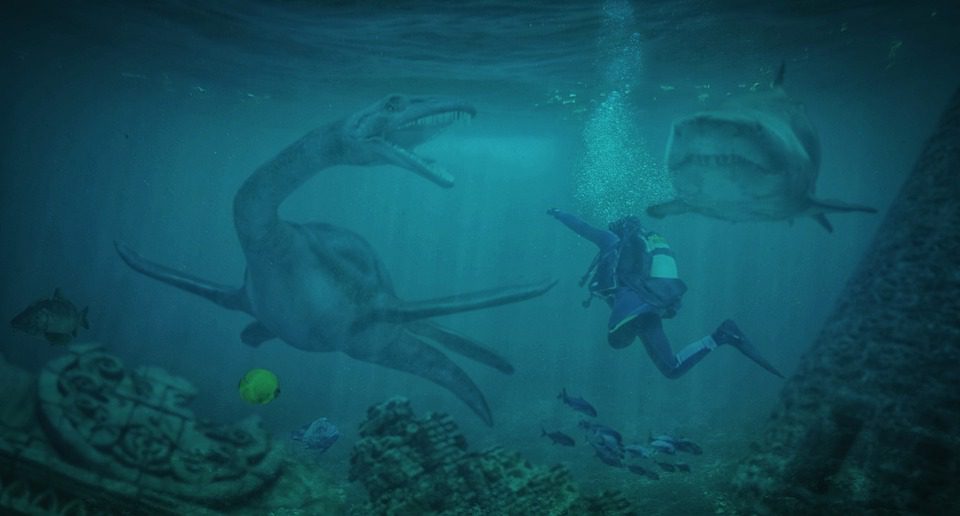New research published in Nature on the body composition of Spinosaurids, the biggest known meat-eating dinosaurs, shows that they pursued their food while completely immersed in water.
This indicates that the spinosaurid dinosaurs of the Cretaceous period were underwater experts because of their remarkable bone density. Spinosaurids, including Spinosaurus and Baryonyx, have bones that are clearly solid, which improves buoyancy adjustment while organisms are immersed in water.
Utilizing their strong tails, Spinosaurus and Baryonyx plunged into the water in quest of food. As just a few types of non-avian dinosaurs are thought to be partially or completely aquatic, this kind of attitude is quite unusual. It was somewhere around 145 million to 100 million years ago when Spinosaurids roamed the Earth’s earliest Cretaceous environment.
If it resembles a croc, can float as well as dive much like a cormorant, and can submerge then resurface like a hippopotamus, then perhaps spinosaurids were more likely semi-aquatic dinosaurs, according to the findings of scientists’ experiments.
For the research, scientists used CT images to assess and correlate the density of dozens of bones from a variety of animals, including dinosaurs, crocs, birds, sea reptiles, and others. The researchers focused on femurs & ribs in particular.
Denser bones and water hunting activity were shown to be linked, as the researchers discovered. Bones of aquatic organisms were more likely to be solid, whereas those of land-based animals were more likely to have empty centers. Spinosaurids spent considerable time in the water, as shown by the abundance of spinosaurid bone fragments.
Spinosaurus is no longer the focus of this new research, which shows that other spinosaurids swam submerged more often than formerly assumed. The scale of these creatures necessitates more investigation into how they swam through the waters.













Leave a Reply